Malaysia has a mounting waste problem.
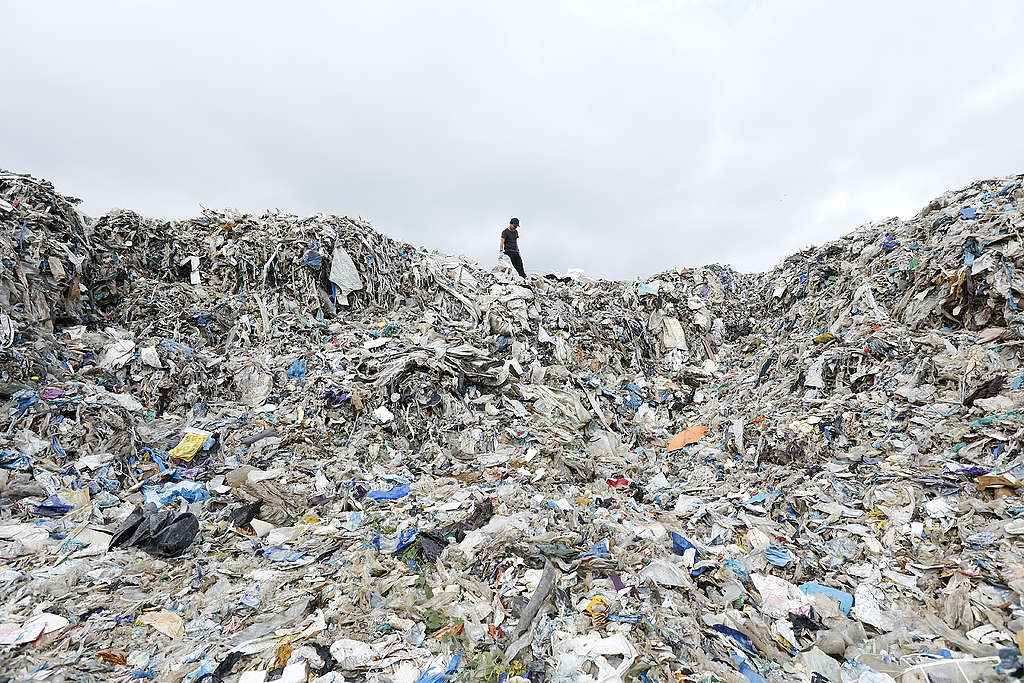
Wespack is a leading plastic recycling company located in Malaysia.© Greenpeace
Currently, there are 137 landfills in operation across Malaysia, including 21 sanitary landfills, where the pits are protected from leakage; 174 have already been closed. However, 126 non-sanitary landfills are currently releasing methane gas and leachate into the air and soil without proper treatment. Additionally, there are numerous illegal dumpsites for domestic waste and scheduled waste (hazardous waste such as e-waste and chemical waste). These issues have been worsened by imported waste in recent years.
It seems the Malaysian government only wants to treat the symptoms, not the disease with their unproven short-term and temporary approaches which will not fix the underlying problem primarily caused by single-use or throw-away culture. The government has rejected the Zero-Waste hierarchy that focuses on the 4 Rs: Redesign, Reduce, Reuse, and Refill.
Despite facing protests from concerned citizens, the government is determined to build seven Waste-to-Energy (WtE) facilities as a solution to our domestic waste management. WtE is just another term for incineration, and while turning waste into energy may sound like a good idea, it creates more pollution and delays a necessary transition to a circular economy. Like landfills, WtEs perpetuate the linear “take-make-waste” economy, which destroys valuable resources and perpetuates waste generation.
When it comes to solving the country’s waste management, Greenpeace Malaysia advocates for a holistic approach based on sustainability for the benefit of people and the planet. Remember that our domestic waste issues are linked to much bigger problems: the global climate crisis and systemic plastic pollution.
Here are the top 3 reasons why Waste-to-Energy facilities in Malaysia should be opposed:
1. Waste-to-Energy is not justifiable
In the recent protest by local communities of Batu Arang, Rawang, it was reported that residents were not properly consulted in the planning phase of the WtE. Similarly, residents of Broga and Kepong also reported that no local consultations were conducted.
Malaysians have simply been told we need WtE facilities and seven incinerators are already in the plan despite very little public information available. The latest data on state dumpsites and sanitary landfills is inaccessible online. It is only fair that citizens ask questions and demand full disclosure of the status of state landfills and their waste projections for the next 10 to 30 years. What are the consequences of rehabilitating existing landfills instead of building WtE facilities? How does the Malaysian government plan to address imported plastic waste this time around? Most importantly, what are the impacts of burning plastic waste on residents and the climate?
Statistics by Dr. LC Theng, a local Waste Management Scientist, shows how our modern lifestyle and single-use habits have directly contributed to waste generation. Unfortunately, the Malaysian government’s response has been poor and insufficient, favoring false solutions.
Our domestic waste issues are caused by over-consumption and the overproduction of single-use plastic that contributes to the climate crisis being by-products of the fossil fuel industry. At every stage of its life cycle, plastic pollutes and will remain in the environment and accumulate for years to come. Greenpeace has advocated for waste reduction to be prioritized. The first and crucial step needed is for the Malaysian government to strengthen its policies on single-use plastic.
Unfortunately, there are no local laws in place to regulate packaging, no adequate laws to regulate plastic waste and e-waste despite a 2015 law that requires Malaysians to separate waste in their dwelling. There needs to be better implementation and enforcement for non-compliance.
Elsewhere, many countries have begun to take action against single-use plastics. Some have proposed to embed a text in the preamble of the United Nations Framework on Climate Change (UNFCCC) to demonstrate the intertwining of the Global Plastic Treaty with efforts to achieve the 1.5-degree mandate under the Paris Agreement.
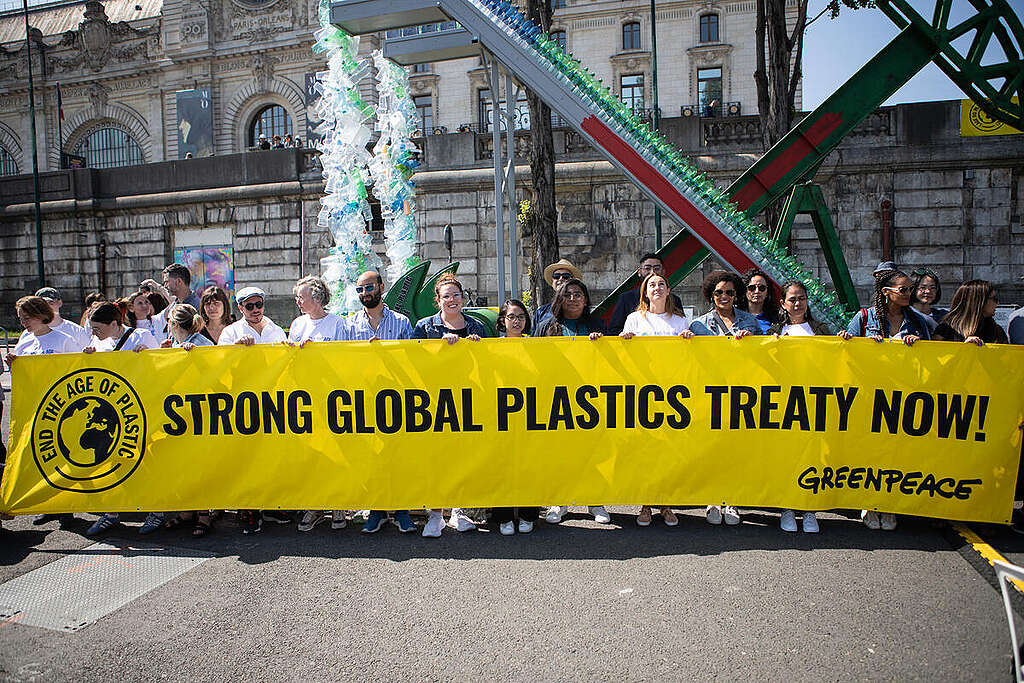
Reducing plastic use is inevitable to minimize the triple planetary crisis of climate change, biodiversity loss, and pollution. Consequently, policies have been implemented worldwide to ban single-use plastics, promote reuse, implement polluter-pay schemes with Extended Polluter Responsibility (EPR), and tax plastic production.
2. Waste-to-Energy poses numerous health and environmental hazards
Who would even want to live near a WtE facility? Living near an incinerator poses numerous health hazards, and even the most high-tech WtE incinerators release dioxins and other pollutants into the air. Meanwhile, toxin-laden fly ash and slag are dumped in landfills to eventually leach into the environment and contaminate food systems.
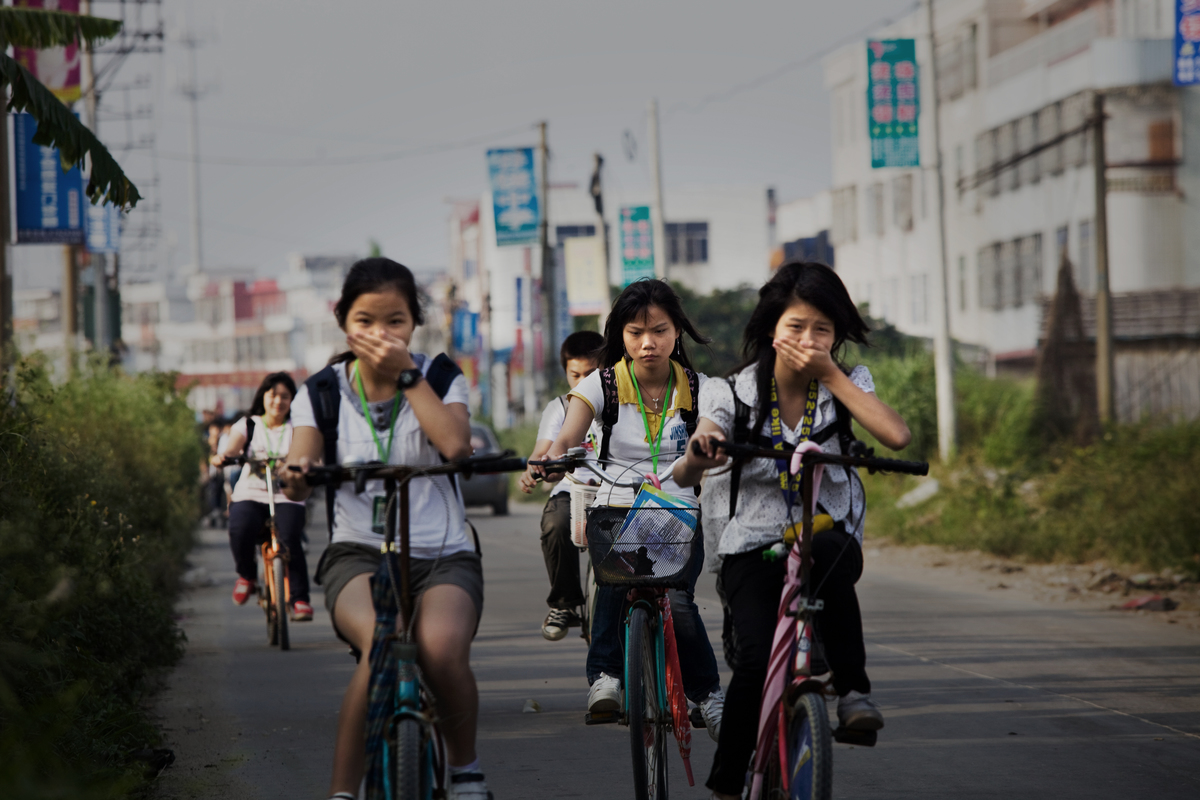
Furthermore, Malaysia’s air quality standards do not align with the latest World Health Organization’s (WHO) recommendations. In 2021, the WHO updated its annual average air quality guidelines after discovering the negative health effects of much lower levels of air pollution than previously thought. The revised guidelines stipulate that the average annual concentration of PM2.5 should not exceed 5 μg/m3 which means that even low concentrations pose a significant health risk.
Some argue that our non-sanitary landfills are bad enough and that a WtE would be a better alternative. But without proper air quality standards and monitoring systems in place, how can the government ensure that there will be no health and environmental impacts on the citizens of Batu Arang?
The Malaysian government should establish ambient air quality standards that are legally binding, time-bound, and enforceable. There should be transparency, open to public participation, easily accessible information, and accountability.
3. Waste-to-Energy is a false solution to address the climate crisis and plastic pollution
In solving Malaysia’s waste issues, we must consider how our actions domestically can impact the rest of the world. Against the backdrop of a global climate crisis and endless plastic pollution that both threaten the sustainability of the planet, building a WtE facility is unwise, and illogical as it goes against the government’s commitment to becoming carbon-neutral by 2050.
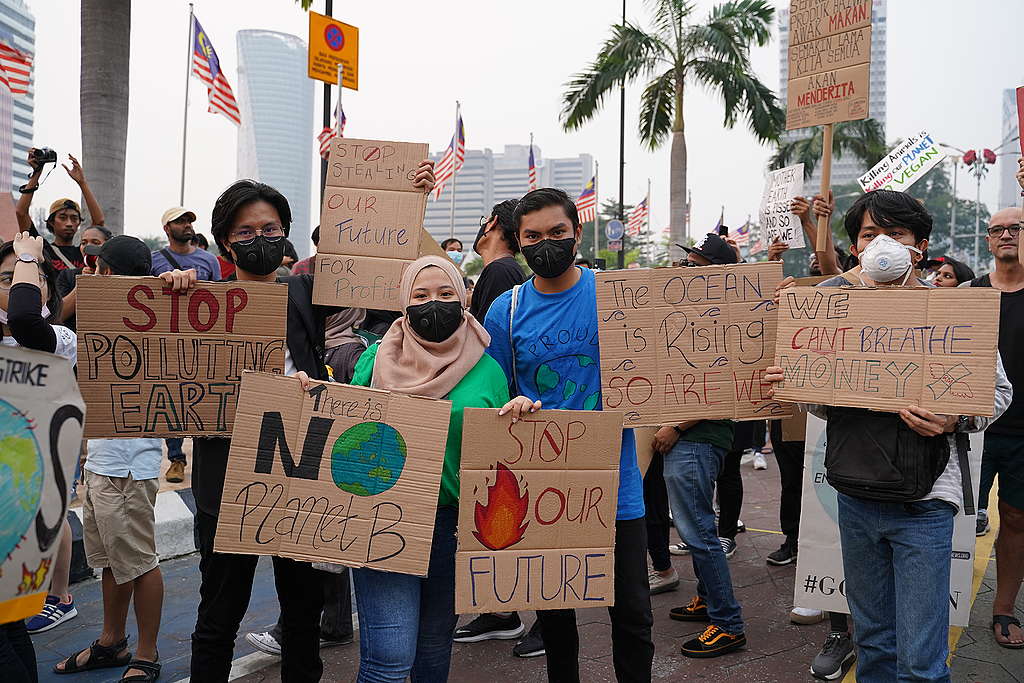
First, there will be an increase in carbon pollution in the area with garbage trucks coming in and out of the incineration facility, bringing in waste from different districts. This will add to more injustice as marginalized communities will be exposed to more pollution with each truckload of waste. Residents must have the right to reject the waste coming from other districts. Unfortunately, Malaysia does not hold local government elections.
Just burning one tonne of municipal waste releases nearly 1.1 tonnes of carbon dioxide (CO2) into the atmosphere, contributing to climate change. The proposed mega WtE in Batu Arang has a capacity for the daily incineration of 2,400 tons of municipal solid waste – 1.1 tonnes of carbon dioxide (CO2) x 2400 tonnes of municipal waste– which would release more than 2400 tonnes of CO2 every day! This is climate injustice.
Greenpeace Malaysia opposes any incinerator and WtE projects and stands in solidarity with communities that are fighting for their rights to clean air and a safe environment.
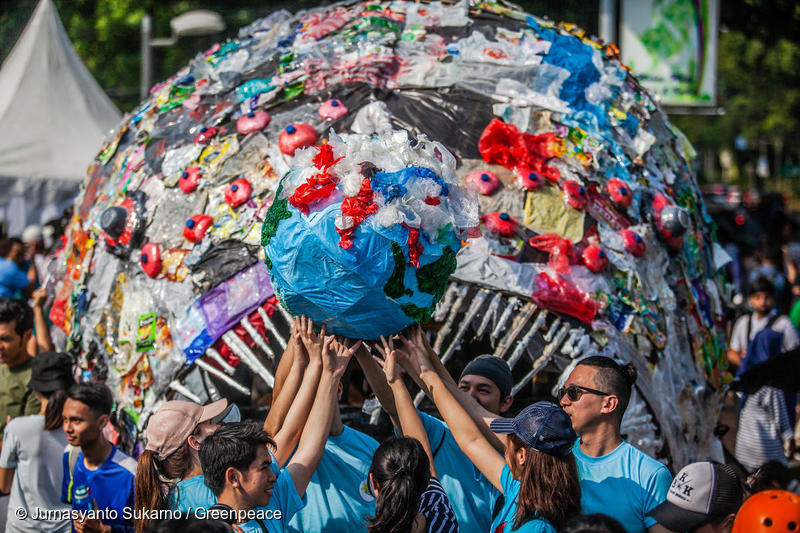
Ask world leaders to support a strong global plastic treaty that addresses the whole life cycle of plastic.
In this era of ‘global boiling’, the Malaysian government must be part of the solution and look at every opportunity to safeguard the environment to protect its citizens, especially from the ongoing climate emergency. If the country does not reduce the amount of waste it produces and continues to rely on false solutions like waste-to-energy incineration, then we are doomed. The only way out of this mess is for the government to support zero-waste policies and end the age of plastic for the benefit of present and future generations.
Siew-Shuen Thing is the Senior Programme Manager at Greenpeace Malaysia.
This piece was written in support of the “International Zero Waste Month Symposium – Malaysia Debunking Waste to Energy Incineration”, recently organised by GAIA, Consumers’ Association Penang, and Sahabat Alam Malaysia.
